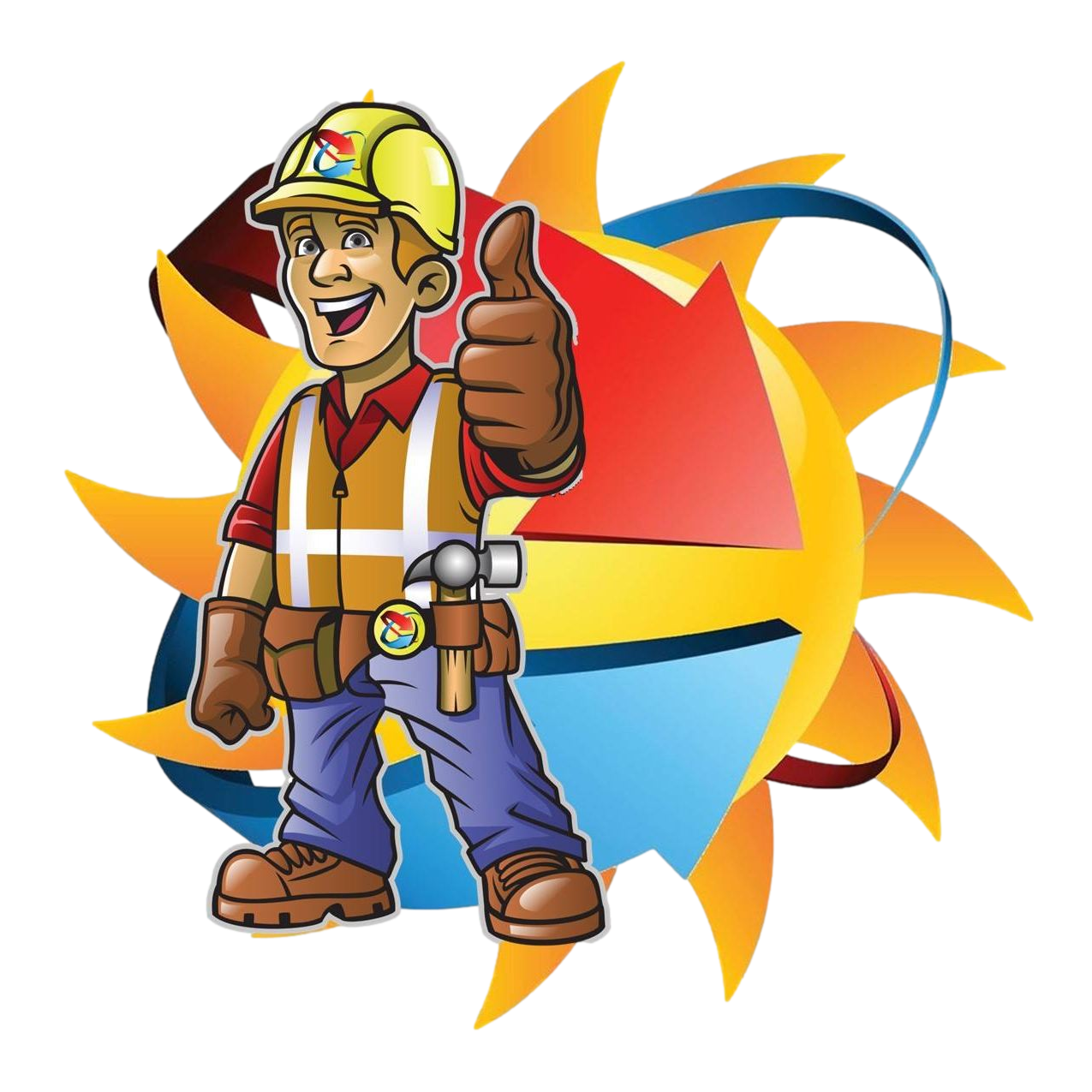Pro Solutions Air offers commercial solutions as well. We are able to do new construction from scratch on office buildings, salons, restaurants and more. We also offer maintenance packages to service commercial chillers, heaters and coolers on established commercial properties. Duct cleaning and air purification systems are becoming ever popular in commercial spaces, especially medical facilities. 24/7 emergency service without an extra charge!
623.229.4389
Commercial HVAC (Heating, Ventilation, and Air Conditioning) systems are specialized HVAC systems designed to provide climate control in commercial and industrial buildings, such as office buildings, retail stores, hospitals, schools, factories, and other non-residential spaces. These systems are more complex and powerful than residential HVAC systems, and they are tailored to meet the specific needs and demands of larger spaces. Here are key aspects of commercial HVAC systems:
1. Types of Commercial HVAC Systems:
- Packaged HVAC Systems: These systems contain all the components (heating, cooling, and ventilation) in a single unit. They are often used in smaller commercial spaces and are placed on the roof or ground.
- Split HVAC Systems: Split systems consist of separate indoor and outdoor units. The indoor unit typically contains the evaporator coil and blower, while the outdoor unit contains the compressor and condenser coil. These systems are common in mid-sized commercial spaces.
- VRF (Variable Refrigerant Flow) Systems: VRF systems offer zoned cooling and heating, making them suitable for large commercial buildings with varying heating and cooling needs. They use refrigerant to transfer heat between indoor units and outdoor units.
- Chilled Water Systems: Chilled water systems use water as a medium to transfer heat, making them suitable for large and complex commercial buildings. They include chillers, cooling towers, and air handling units.
- Boiler Systems: Boiler systems provide heating by heating water or steam and distributing it throughout a building using pipes and radiators or forced air. They are commonly used in older commercial buildings.
2. Components of Commercial HVAC Systems:
- Heating Equipment: This can include furnaces, boilers, heat pumps, and electric resistance heating elements.
- Cooling Equipment: Cooling equipment may consist of air conditioning units, chillers, or heat pumps.
- Air Handlers: Air handlers are responsible for circulating conditioned air throughout the building. They contain components like fans, filters, coils, and controls.
- Ductwork: Ducts distribute conditioned air to different areas of the building. They must be designed, installed, and maintained correctly to ensure efficient airflow.
- Controls and Thermostats: Advanced control systems and programmable thermostats allow for precise temperature and humidity control, scheduling, and energy management.
- Ventilation Systems: Proper ventilation is essential for maintaining indoor air quality. Commercial HVAC systems include components for fresh air intake and exhaust.
3. Zoning and Controls:
- Commercial HVAC systems often feature zoning capabilities, allowing different areas or floors of a building to have individual temperature control. This enhances comfort and energy efficiency.
4. Energy Efficiency:
- Energy efficiency is a significant consideration in commercial HVAC systems, as they can account for a significant portion of a building’s energy consumption. Many systems are designed with energy-efficient features and may be eligible for energy-saving incentives.
5. Maintenance and Service:
- Regular maintenance is crucial to ensure the reliability and efficiency of commercial HVAC systems. Commercial building owners often have maintenance contracts with HVAC service providers to perform routine inspections and repairs.
6. Compliance and Regulations:
- Commercial HVAC systems must adhere to local building codes, environmental regulations, and energy efficiency standards. Compliance with these requirements is essential for safety and environmental responsibility.
7. Retrofitting and Upgrades:
- Older commercial buildings may benefit from HVAC system retrofits or upgrades to improve efficiency, reduce energy consumption, and enhance indoor comfort.
Commercial HVAC systems play a critical role in creating a comfortable and productive environment for occupants while also impacting operating costs and energy consumption. Proper design, installation, and maintenance are essential to ensuring the effective operation of these systems in commercial and industrial settings.
